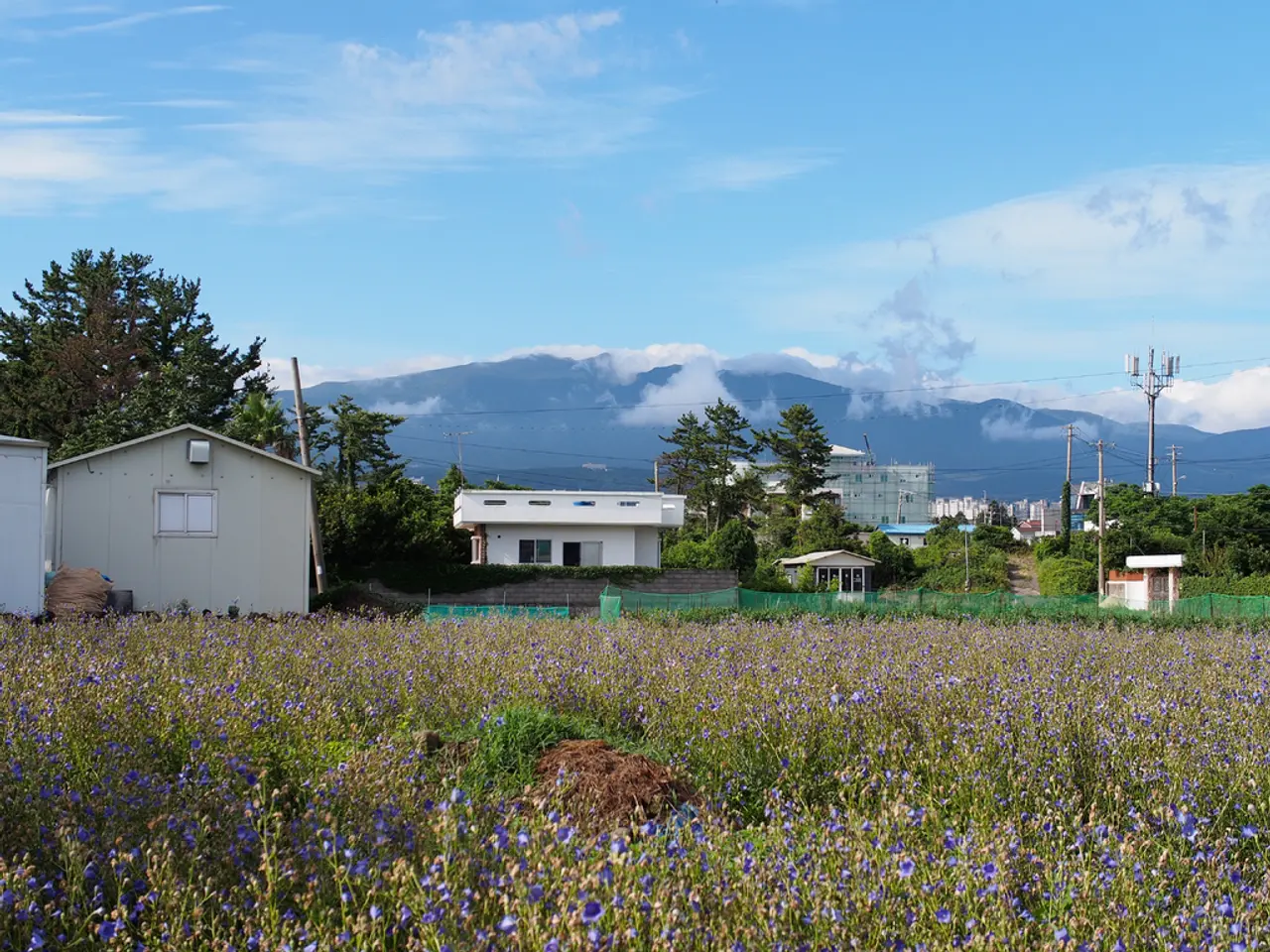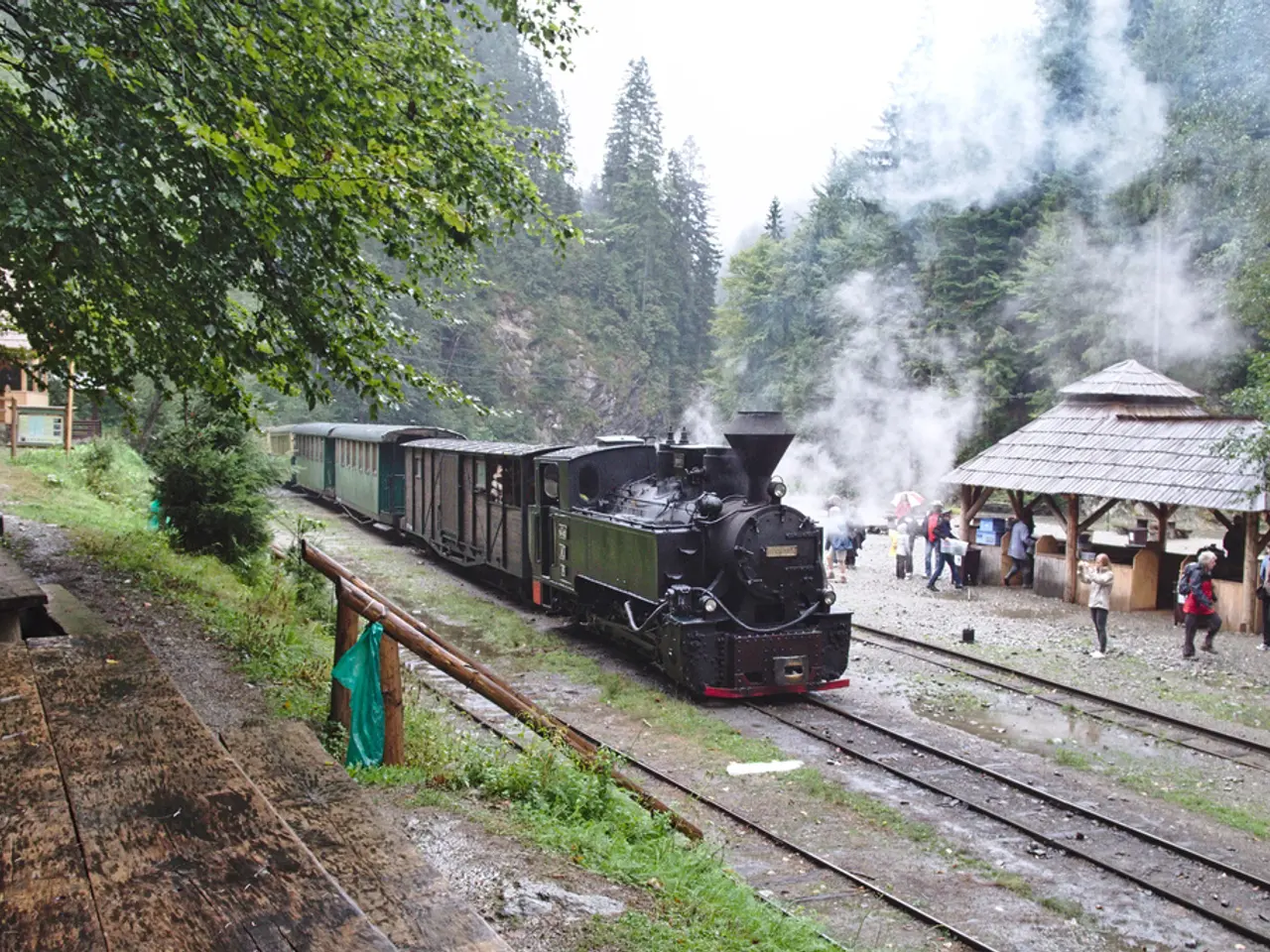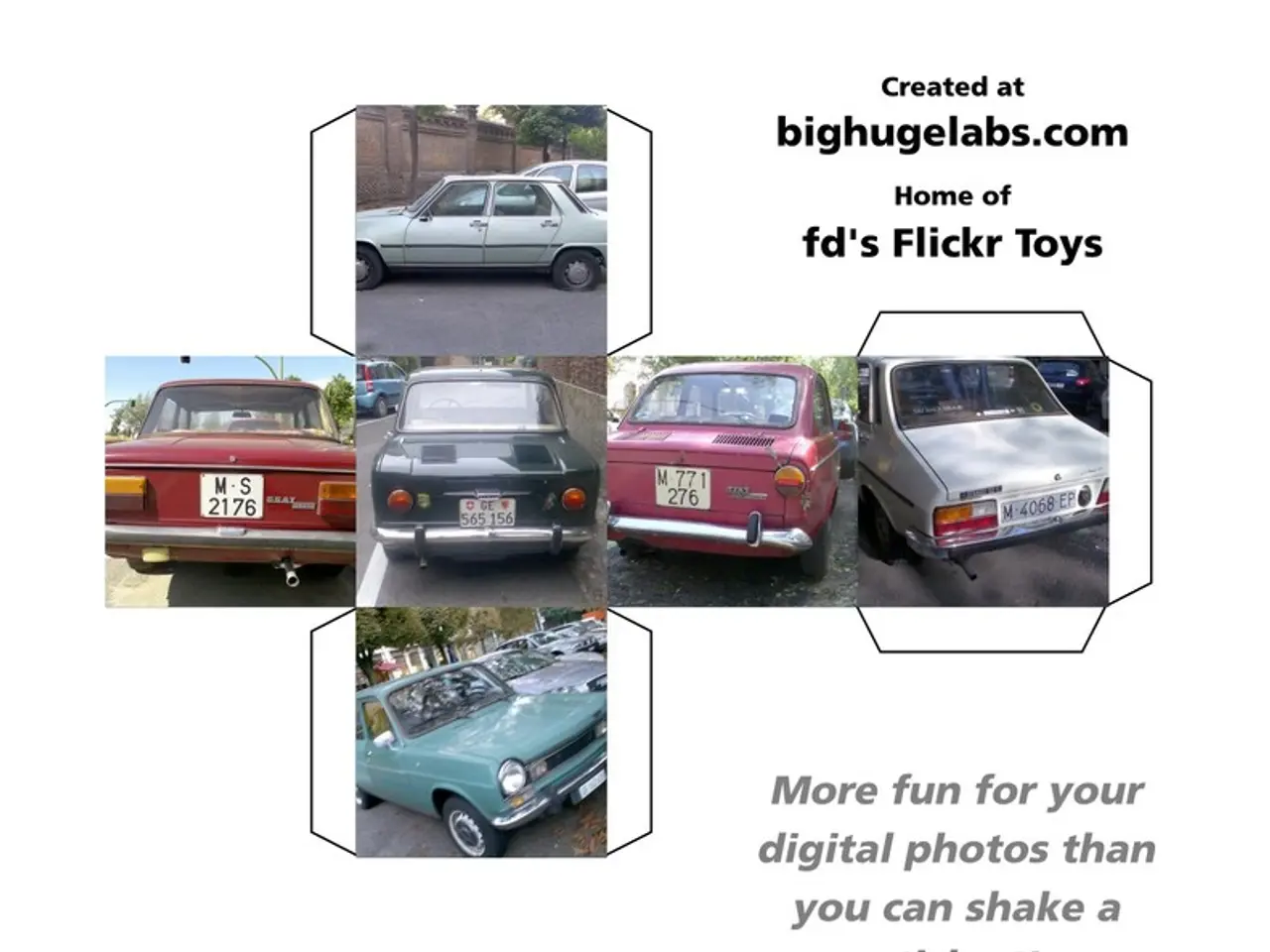Expanding solar energy facilities and integrating wind power generators, as advocated by William Kendall.
In the picturesque Suffolk coast, local entrepreneur William Kendall, a Trustee of The Grosvenor Estate and the President of The Suffolk Wildlife Trust, is spearheading a new approach to energy production and agriculture. This innovative method, known as agrivoltaics, promises to maintain food security, preserve natural habitats, and generate renewable energy.
Agrivoltaics involves the integration of solar panels with agricultural activities on the same land, enabling a dual use of land. Solar panels can be installed above or between crops, or integrated onto greenhouses, allowing sunlight to filter through at levels that benefit crops by reducing heat stress and retaining moisture, which improves plant growth and water efficiency [1][2].
By creating a microclimate under solar arrays, agrivoltaics lowers air temperatures, increases humidity, and shields crops from excessive sunlight, thus mitigating heat and drought stress especially in arid and semi-arid regions [2]. Maintaining or enhancing food security is another key aspect, as the land is still used for food production, and sometimes yields improve due to the moderated microclimate [1][2].
Supporting biodiversity and natural habitats is also a priority in agrivoltaic design, with thoughtful site-specific design to avoid ecosystem degradation and maintain ecological values alongside clean energy development [4][5].
Implementation of agrivoltaics includes designing solar panel layout to optimize both solar energy capture and crop growth, choosing compatible crop types that thrive under partial shading and the modified microclimate created by panels, and evaluating local environmental conditions, economic factors, and stakeholder needs to ensure agrivoltaic systems maximize benefits while minimizing trade-offs [5].
Integrating grazing animals like sheep under solar panels can provide a complementary agricultural use, though empirical data on this practice’s effectiveness is still emerging [3].
Agrivoltaics offers a promising solution for Britain, which produces about 50% of the food it consumes, and needs to build more solar farms and wind turbines to meet its future energy requirements. However, opposition to energy projects can sometimes be based on ignorance rather than hard facts. Some of Kendall's neighbours have spent years researching and campaigning against these energy schemes.
The countryside, including Kendall's farming lands in Suffolk and Bedfordshire, is in uproar over the implementation of more solar energy. Farmland is described as a "green desert" by some due to loss of fertility. Modern wheat varieties have been selected for their yield rather than their nutritional content, leading to depleted soil and the need for artificial inputs. Half of Britain's arable farmland is given over to wheat production.
Country folk are generally wary of any change but accept the need for more energy from renewable sources. Developers may offer good rental payments for land and cheaper electricity to the neighbourhood. New energy schemes are being implemented in Kendall's area, and it remains to be seen how the community will adapt to this innovative approach to energy and agriculture.
This article was originally published in our platform's July 16 issue.
[1] Carlson, N. R., et al. (2020). Agrivoltaics: A review of solar energy and agriculture interactions. Renewable and Sustainable Energy Reviews, 140, 111721.
[2] Heim, F., et al. (2021). Agrivoltaics: A review of the state-of-the-art and future research directions. Journal of Cleaner Production, 297, 126045.
[3] Hübner, N., et al. (2021). Grazing under photovoltaic modules: A review of research and potential for agrivoltaics. Renewable Agriculture and Food Systems, 36(4), 393-407.
[4] Kaduk, J. A., et al. (2021). Agrivoltaics: A review of interactions between solar energy and agriculture. Journal of Renewable and Sustainable Energy, 13(022806).
[5] Kaduk, J. A., et al. (2022). Agrivoltaics: A review of the state of the practice and future directions. Journal of Cleaner Production, 313, 134786.
- By combining solar energy production and agriculture through agrivoltaics, William Kendall's innovative approach offers a dual use of land, enabling solar panels to be installed among crops, thereby reducing heat stress and improving plant growth.
- Agrivoltaics also supports environmental science, as it helps maintain natural habitats and biodiversity by thoughtfully designing solar panel layout and choosing compatible crop types that thrive under the modified microclimate created by panels.
- In the finance sector, agrivoltaics presents an opportunity for the renewable energy industry to work closely with farmers, as developers can offer rental payments for land and cheaper electricity to neighboring communities, facilitating a more harmonious transition towards sustainable energy solutions.





